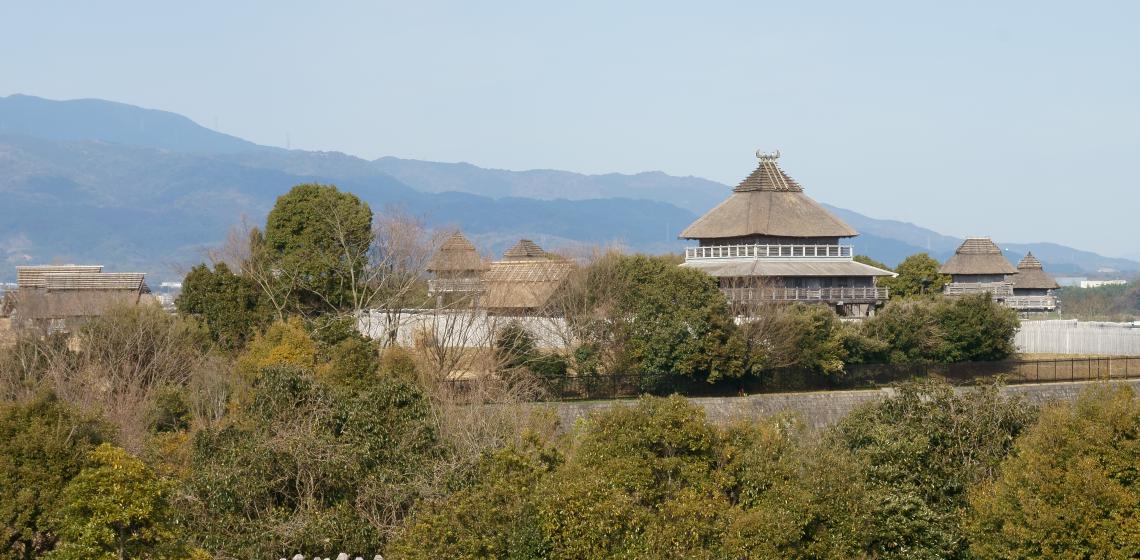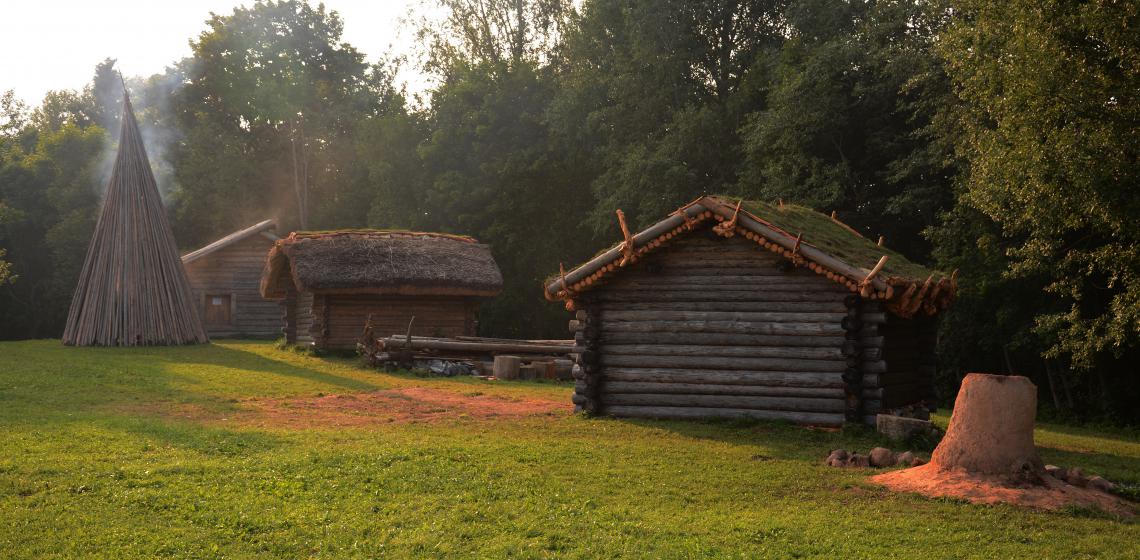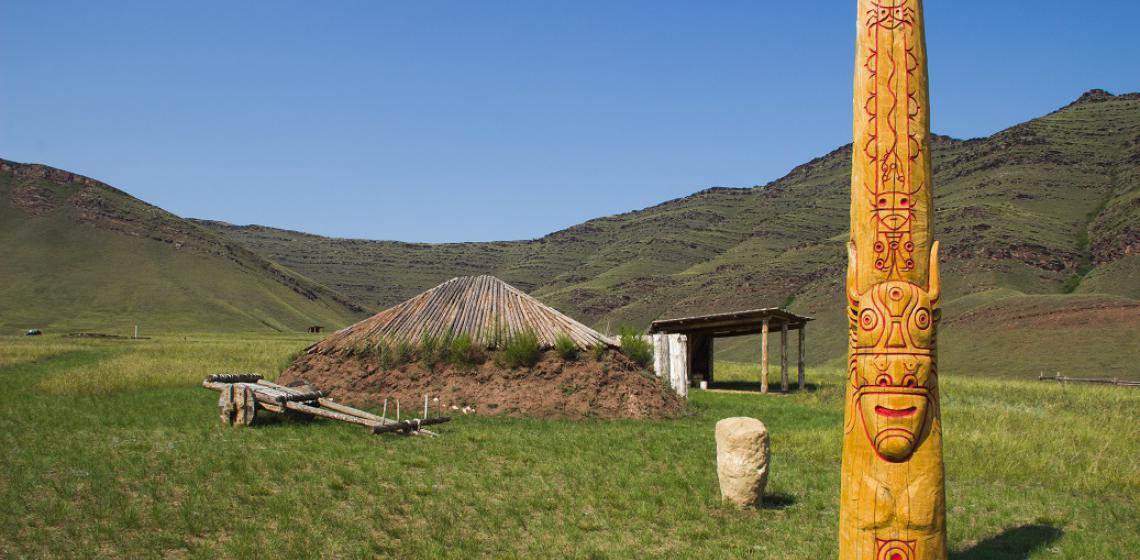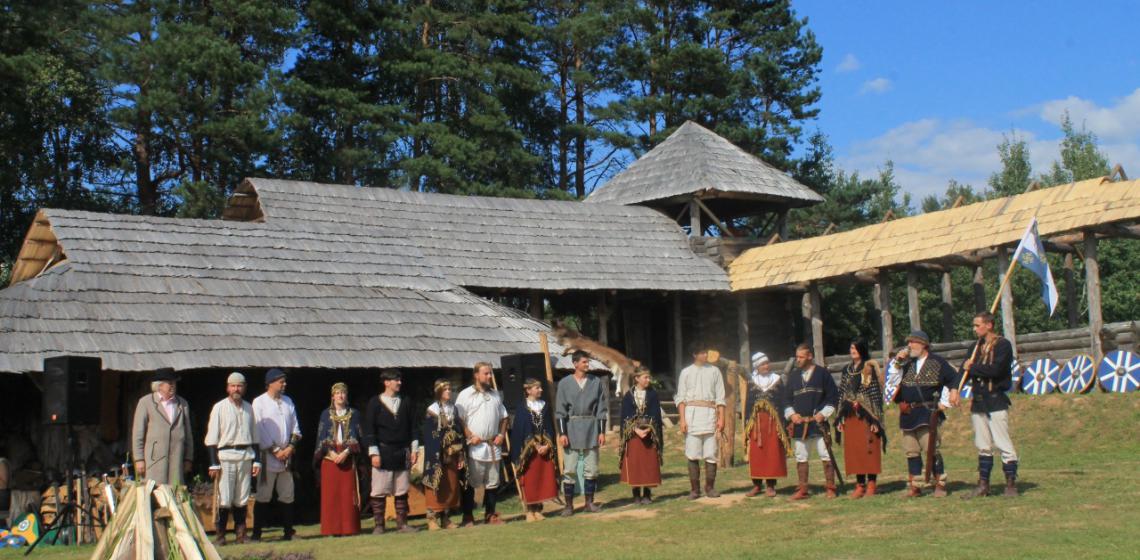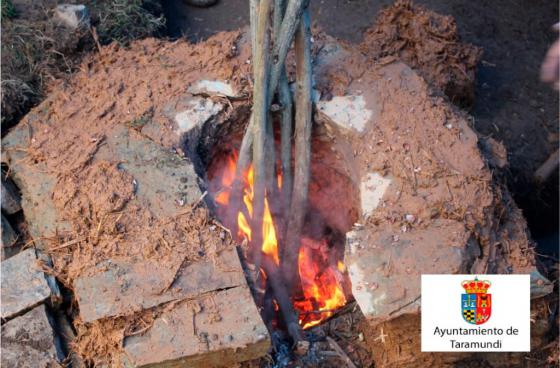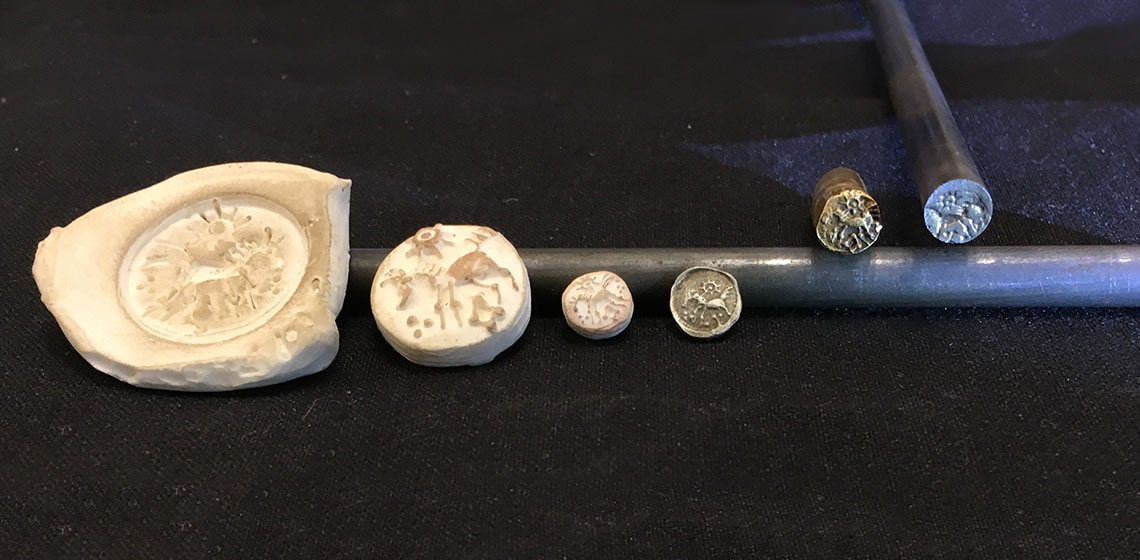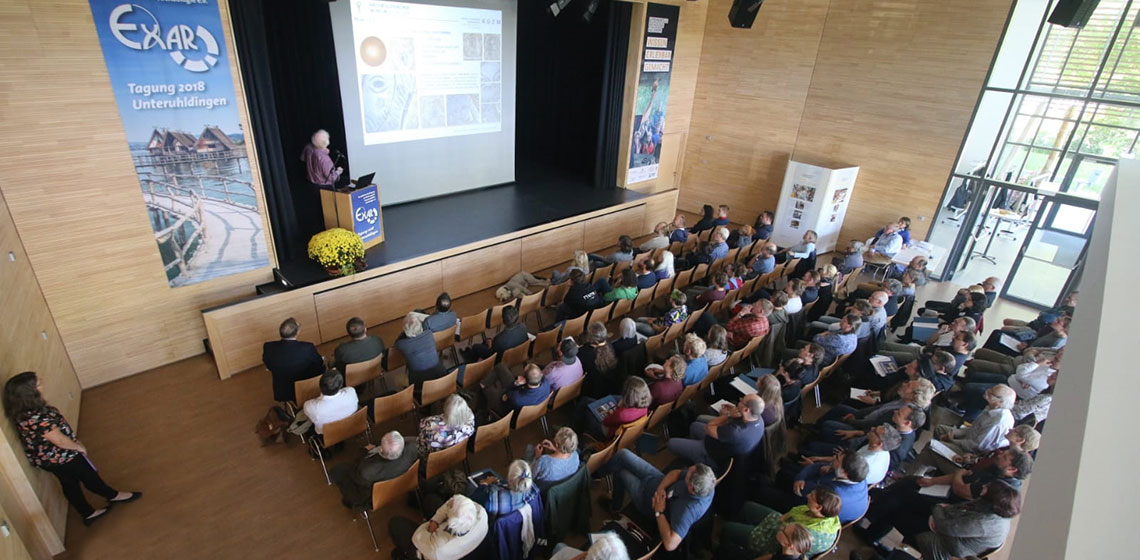Yoshinogari Historical Park (JP)
At the Yoshinogari Historical Park, visitors experience life in the ancient Yayoi period of Japan's history. Yayoi life and culture come alive through the carefully reconstructed village and unique exhibitions found here.
The Yoshinogari hills were originally slated for one of Saga Prefecture's industrial areas, but the project was suspended upon discovery of ruins and relics, until further research into the area could be carried out. In 1986, the site was meticulously studied to understand whether it was a truly important cultural site. The concluding result was that this area was one of Japan's largest moat encircled villages dating from the Yayoi period (3c. B.C. - 3c. A.D.).

